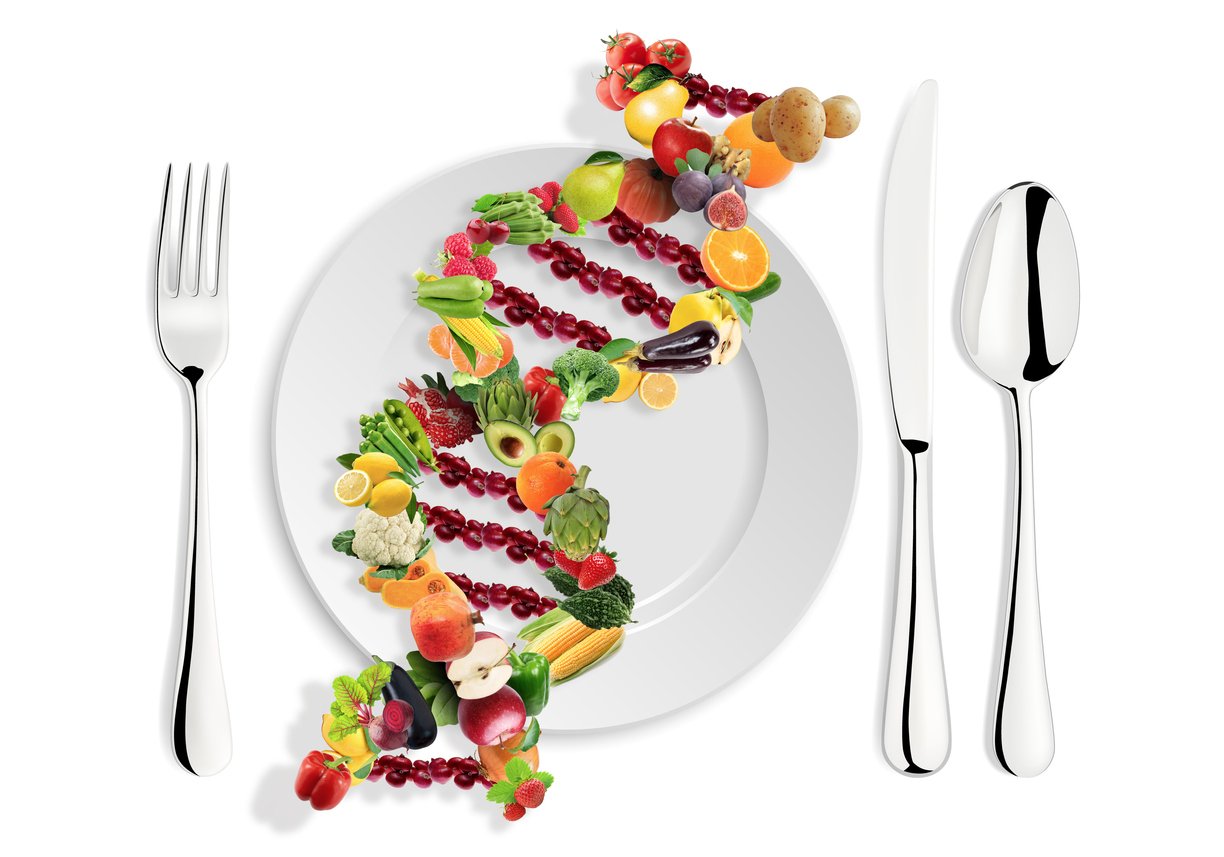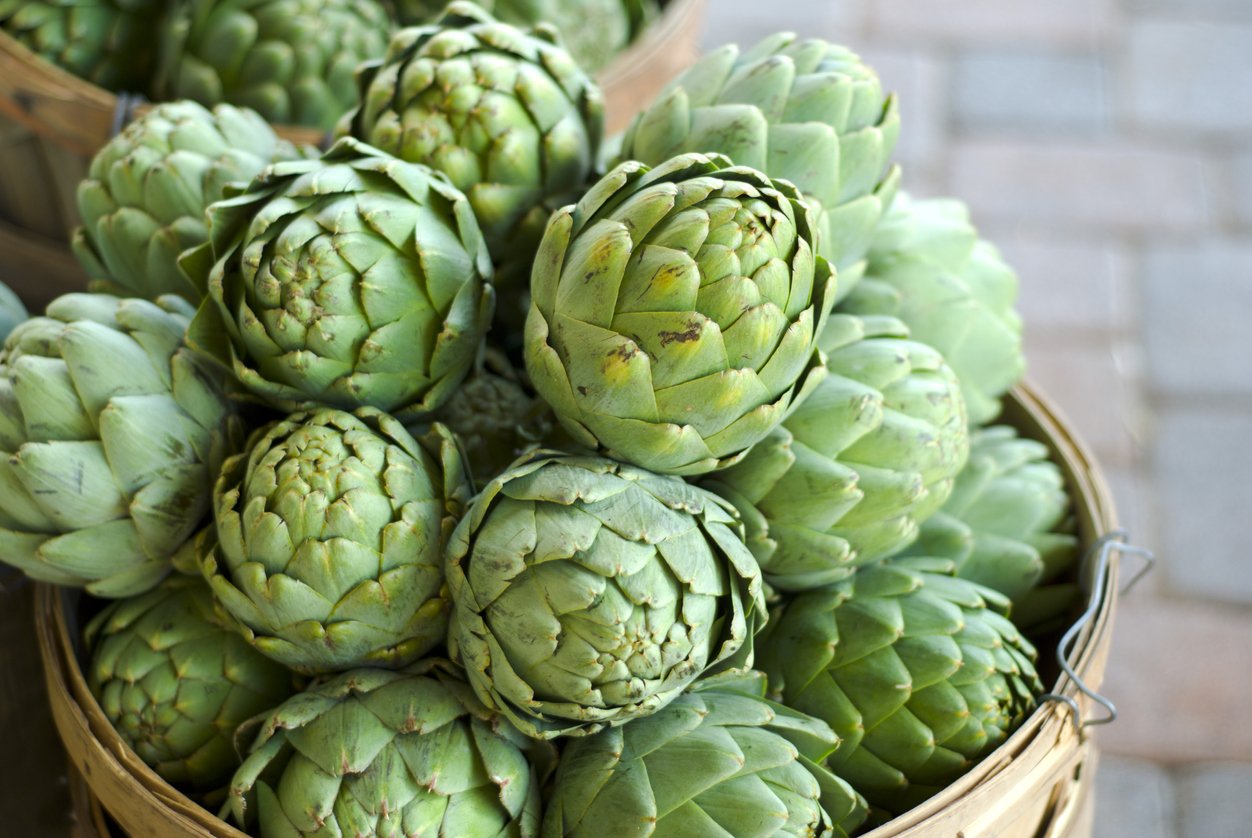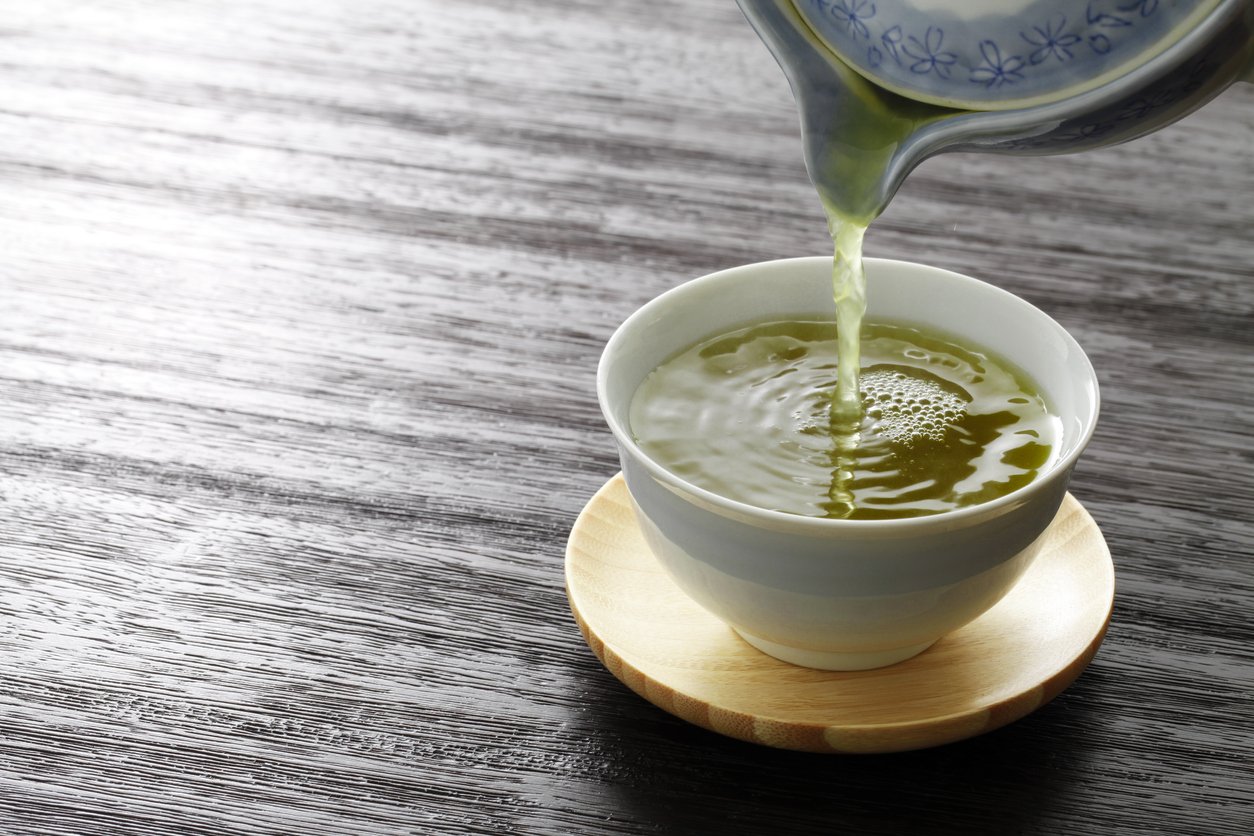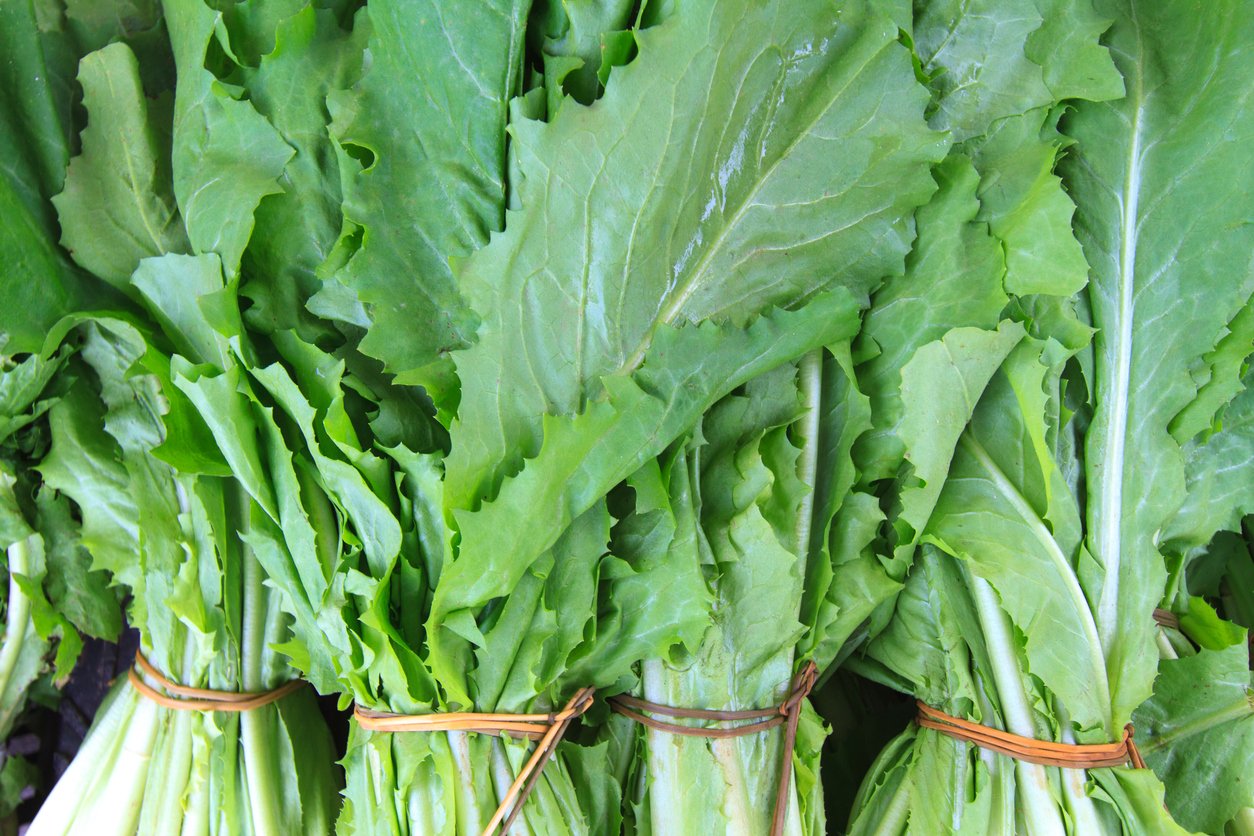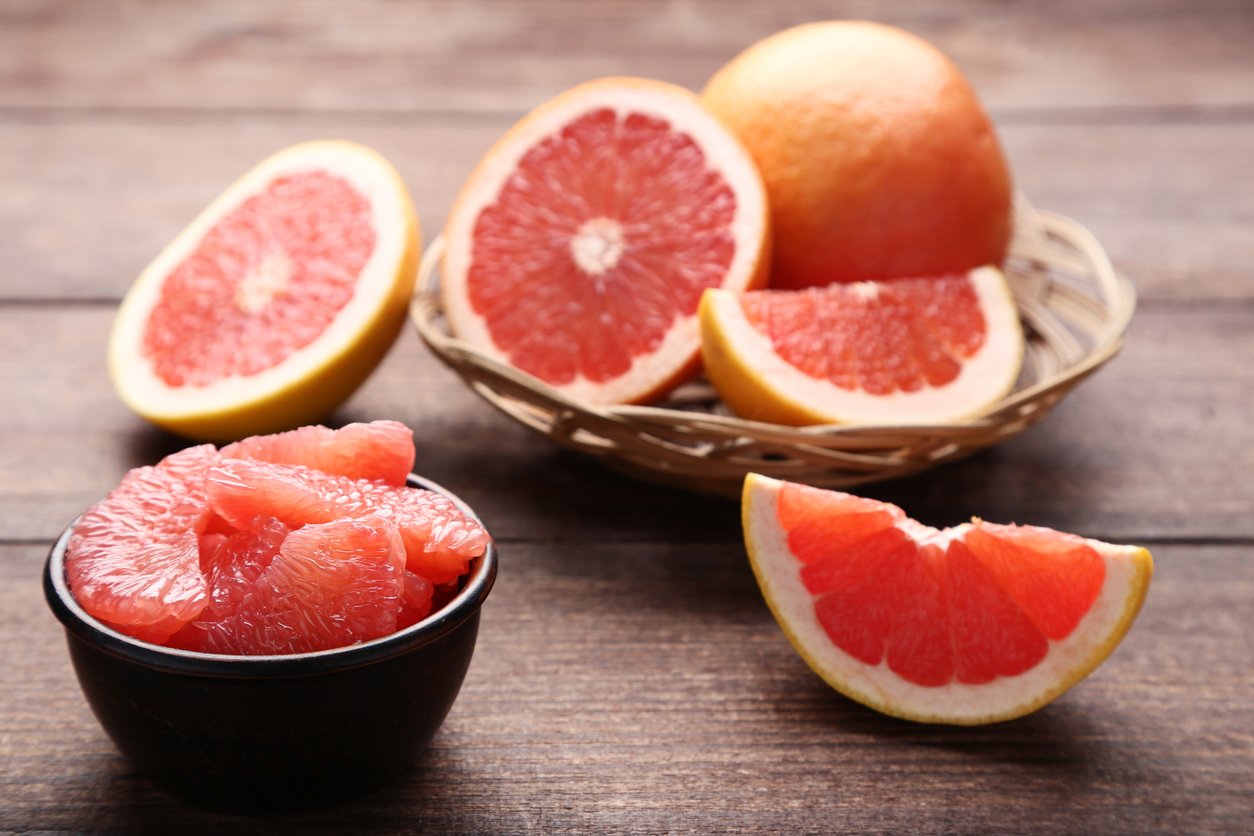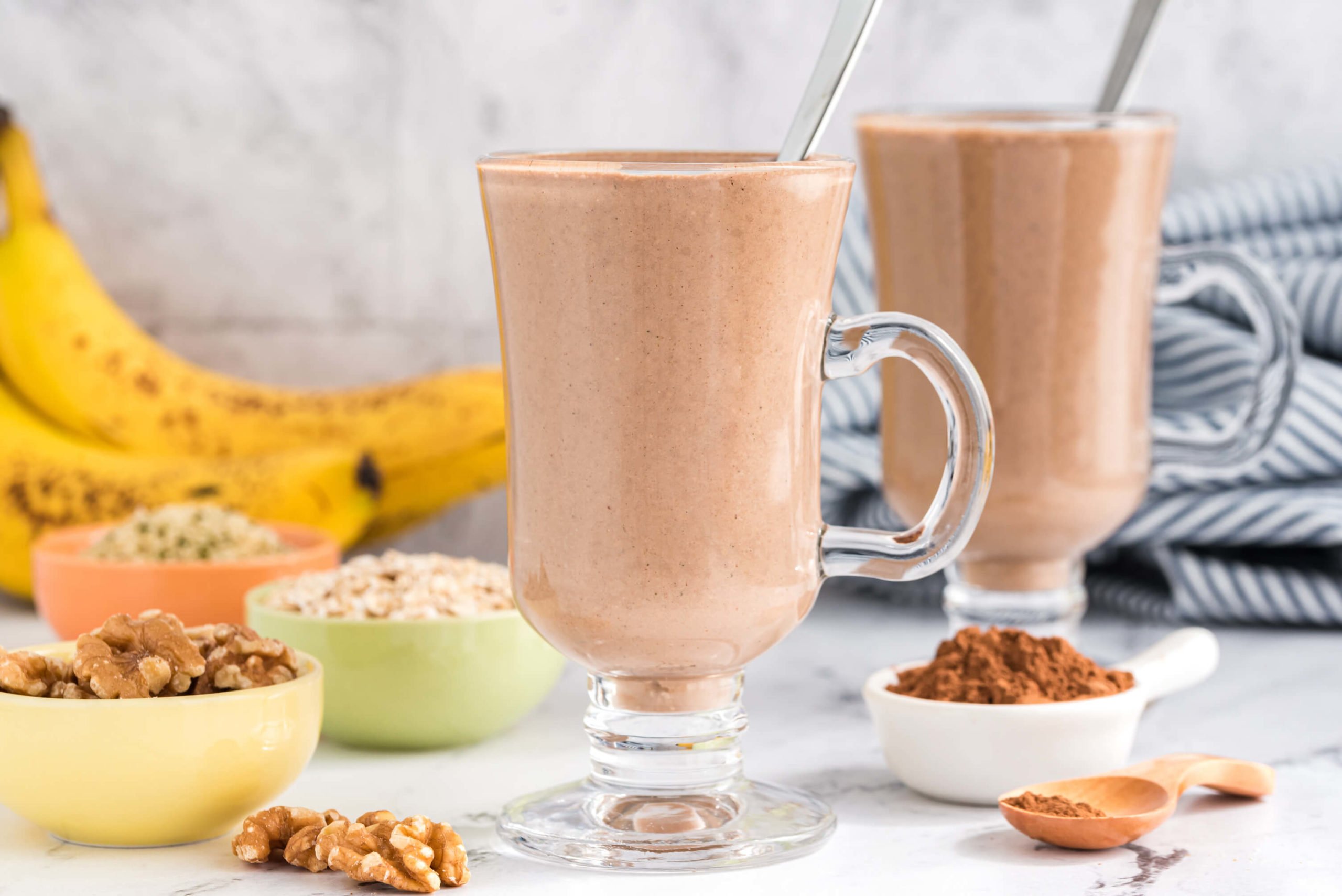There’s a reason that sweetheart is a popular term of endearment, and not, say, bitter liver. According to the dictionary, “bitter” means unpleasant, sharp, harsh, distasteful, and difficult to accept.
And when it comes to food, bitterness is usually a warning sign that’s good to heed: In nature, many plants that are bitter, like certain berries or leaves, are poisonous. And when we think of the other main food tastes — sweet, sour, salty, and umami — bitter certainly is the least preferred by most children (as well as many adults).
Yet that can’t be the whole story; after all, two of the world’s most popular beverages — coffee and beer — are famously bitter, as is one of its favorite foods: chocolate. And many bitter foods that don’t make us buzzed, tipsy, or cheerful are also far from toxic. In fact, many of them are actually very healthy and have a wide range of benefits, especially for your digestive system and long-term health.
In this article, you’ll see why it’s important to eat bitter foods, even if you’re not a fan yet. (Spoiler alert: you can acquire a fondness for bitter foods through repeated exposure.) And you’ll explore some of the top bitter foods and beverages that are worth incorporating into your diet.
Why Food Tastes Bitter
Bitter-tasting compounds in plants most likely evolved to protect them from being eaten by animals. Analysis of a plant database showed that a bitter food is more likely to be toxic than one that isn’t bitter. This means that our ancestors who craved bitter foods had a better chance of poisoning themselves, which means that they probably died out before they could become our ancestors. (You could make a movie about this paradox called “Blech to the Future.”)
At the same time, not all bitter-tasting plants are harmful. Arugula, dandelion, chamomile, chicory, radishes, cruciferous vegetables, parsley, cocoa, coffee, endive, grapefruit — they all have strong health-promoting properties, not in spite of their bitter elements, but as we’ll see, because of them.
Bitter compounds in plants are usually alkaloids, many of which are toxic to humans even in small quantities.
There are also bitter compounds that have low levels of toxicity but are important for overall health. Phenols, flavonoids, isoflavones, terpenes, and glucosinolates are groups of phytochemicals that are known for their health benefits and are also found in bitter foods.
Similar to when our muscles and bones grow stronger in response to the stress of exercise, our health may improve through exposure to these low-toxicity, bitter phytochemicals. Scientists even have a name for this adaptive response to moderate stress: hormesis. (Sort of like “what doesn’t kill us makes us stronger,” but more like “what mildly irritates us without causing actual harm gives us stronger immune systems and lower rates of chronic illness.”)
Some bitter phytochemicals, like flavonoids, act as antioxidants that remove free radicals from our bodies — like little microscopic Roombas rolling around and preventing chronic disease. Since we can’t control this process directly, it’s best to provide our bodies with the necessary resources — healthful, bitter foods. The American Institute for Cancer Research recommends including a variety of plant foods in our diets to ensure the availability of a full range of beneficial phytochemicals, boosting our chances to maintain a healthy antioxidant balance and stave off chronic disease.
Bitter Is in the Mouth of the Beholder
Just as beauty is in the eye of the beholder, so is bitter on the tongue of the taster. The aphorism “there’s no accounting for taste” holds true here — in fact, the same substance can taste very different to different people.
While we’ve known this instinctively for a long time (in 1741, Ben Franklin wrote in Poor Richard’s Almanack that beauty “is but supported by opinion”), it took a chemist to prove it. In 1931, researcher Arthur Fox found that he couldn’t taste phenylthiocarbamide (PTC) at all, while his lab colleagues experienced it as intensely bitter. Once scientists mapped the human genome, they discovered that a particular gene allele determined whether a person found PTC very bitter, somewhat bitter, or completely without taste.
So far, geneticists have located about 30 genes responsible for sensing bitter flavors, which explains why a food that makes me want to gag (I’m looking at you, cilantro) may have someone else humming in delight.
The Bitter Gene(s)
Because so many genes are involved, sensitivity to bitterness actually falls on a spectrum. Your sensitivity to bitterness will likely fit into one of three categories identified by professor J. Lambert at Penn State University. There are “non-tasters” with little or no sensitivity to bitterness, “supertasters” who have strong reactions to bitterness, and “tasters” who have an in-between response to bitter flavors. These variations impact our dietary preferences and stem not only from genetic variations but also from cultural, geographic, and even age-related dietary patterns. People tend to lose the sensitivity to bitterness with age, which won’t surprise anyone who despised brussels sprouts as a child but enjoys them as an adult.
Learning to Like Bitter Foods
While it’s true that “supertasters” enjoy bitter foods less (and are also, incidentally, less likely to smoke tobacco), anyone can adapt to eating more bitter foods.
Studies on rats reveal that after repeated exposure to new flavors, the composition of digestive proteins in their saliva changed. (Our view on the use of animals in medical research is here.) The changes in protein composition led to a change in the rats’ feeding behavior. At first, they ate less of the bitter foods. But as their saliva changed, the rats began to eat (and apparently enjoy) more of the bitter foods.
Cordelia A. Running, PhD, a researcher based at Purdue University, decided to see if the same thing would happen in people.
According to the American Association for the Advancement of Science:
“Running’s team carried out sensory evaluation tests in which they asked participants to drink chocolate almond milk three times a day for a week and rate its bitterness and astringency. The researchers found that the protein composition of the participants’ saliva changed during that week. Several proline-rich proteins, which can bind the bitter/astringent compounds in chocolate, increased after drinking the chocolate almond milk. The changes in these proteins corresponded to changes in sensory ratings: As these proteins shifted up, the sensory ratings for bitterness and astringency shifted down. ‘We think the body adapts to reduce the negative sensation of these bitter compounds,’ Running explains.”
“The findings to-date support the idea that ‘saliva modifies flavor, which in turn modifies dietary choices,’ she says. ‘Those choices then influence exposure to flavors, which over time may stimulate altered expression of saliva proteins, and the circle begins anew. Maybe this knowledge will help someone stick to a healthier diet long enough to adapt to like it.’”
Since our saliva predigests the food we eat, our experience of the same food can change over time, so we can begin to tolerate the bitterness of arugula or even enjoy the mustardy taste of cabbage. This helpful process allows us to develop a taste for foods that we might have disliked at first. The bottom line is: the more you eat bitter foods, the more you can grow to like them.
Why Are Bitter Foods Good for You?
If you’re still not sure if bitter veggies and greens are worth the trouble, keep in mind that bitter foods and their natural chemical compounds can bring you some pretty compelling health benefits.
Bitter Foods for Digestion
Through their tendency to stimulate digestive juices, bitter foods like arugula, fennel, radicchio, and dandelion greens may support healthy digestion and limit bloating. The activation of bitter taste receptors seems to play a role in stimulating certain digestive enzymes, saliva, and other aspects of gastrointestinal health. Strong bitters, like gentian and members of the wormwood family, can even be used to prevent and treat indigestion. Perhaps this is why many cultures have traditions to eat a green salad or sip a bitter aperitif before a meal — to kickstart the digestive process and keep digestive discomfort at bay. (Kind of like doing high knees and butt kickers before a running race.)
Bitter Foods Can Help With Weight Management
Our body has developed a sensitive and elegant system to keep us healthy, including bitter taste receptors throughout the entire digestive tract. These receptors help maintain a healthy weight, possibly by instructing microbes in our large intestines to use more energy when we eat more. The receptors don’t do this automatically, though; they need to be stimulated to function properly. So eating bitter flavors can actually help keep you lean.
Some bitter foods can help with weight management in other ways, too. For example, Momordica charantia (a gourd, also known as bitter melon, that’s common in some Asian, African, and Caribbean cuisines) contains compounds that make it easier for your body to use glucose and store less fat.
Bitter Foods and Diabetes
Because of their ability to enhance the body’s response to insulin, bitter foods may be helpful for treating all types of diabetes. We know that high-fiber vegetables can improve insulin sensitivity, enabling people with type 2 diabetes to move sugar out of the bloodstream and into the muscles where it’s needed. Now we’re discovering that bitter vegetables can turbocharge that phenomenon. A 2021 study in Nutrients fed two groups of type 2 diabetics a pound of cabbage a day for 12 weeks. One group got mild cabbages and the other got bitter ones. The group that ate the bitter cultivars saw the greatest improvement in insulin sensitivity, body fat, blood pressure, and glycemic control. That bitter melon we just met was similarly found to decrease fasting glucose levels in prediabetics.
Bitter Foods for Cancer Prevention
Bitter foods like cabbage and other cruciferous greens provide a host of rich antioxidants that can help heal cells, limit carcinogenic damage, and activate your body’s natural ability to remove toxins. Compounds in the cabbage family exert powerful anticarcinogenic effects that may help treat complications of human papillomavirus (HPV), which can cause various forms of cancer.
Long a traditional remedy for a variety of metabolic issues, bitter melon has also been found to target cancer cells. It’s now being used to treat various preclinical malignancies.
How we perceive bitter tastes may even affect our risk of developing cancer. People who are more sensitive to bitter flavors appear to be at greater risk for cancer, perhaps because their increased sensitivity discourages them from consuming those powerful, bitter cancer fighters. The good news is, as we’ve seen, we can improve our tolerance of bitter foods even if we’re genetically predisposed to avoid them.
Bitter Foods and Drinks That Can Be Good for Your Health
Cruciferous Vegetables
The more we study this large family of vegetables, which includes cabbage, brussels sprouts, kale, arugula, collard greens, broccoli, and many others, the more we discover about their wide-ranging health benefits. Some vegetables in this family, like broccoli (and especially broccoli sprouts), are rich sources of glucoraphanin (a compound in the glucosinolate family, in case you’re into broccoli genealogy), which is a precursor to sulforaphane — one of the most potent antioxidants ever studied. Cruciferous vegetables produce mustard oils from glucosinolates, which is why many people perceive them as bitter.
While some cruciferous vegetables are pleasant to eat raw, you may want to try cooking them if their bitter taste turns out to be a deal breaker.
For more on sulforaphane, see our article here.
Coffee
Ah, java! For many people, this may be one of the only bitter-tasting foods or beverages they consume regularly. Thankfully, like many other bitter foods, coffee has a lot of health benefits. In fact, some of the 1,000 different aromatic and taste compounds in coffee are also responsible for making coffee so healthful. Multiple studies find that coffee benefits include a lower risk for:
- Many different kinds of cancer
- Type 2 diabetes
- Dementia
- Stroke
And if you don’t do well with caffeine, fear not! Decaffeinated coffee delivers many of the same benefits — without the jitters. And while many decaffeination methods involve the use of solvents like methylene chloride or ethyl acetate, the Swiss Water Process is a more environmentally friendly and chemical-free method.
For more on coffee, see our article here.
Artichokes
These bristly vegetables with hearts of gold (actually, hearts of artichoke) are nutritious, full of fiber, and somewhat bitter. Artichokes are rich in a metabolite, caffeoylquinic acid, that stimulates bile production and facilitates digestion. Artichokes can improve nonalcoholic fatty liver disease, boost the number of healthy bacteria in the gut, and trigger apoptosis (cell death) in some types of cancer, among other health benefits.
For more on artichokes, see our article here.
Dark Chocolate
What? Did you think this list was going to just be a bunch of vegetables? Chocolate with a higher cocoa percentage actually has quite a bitter taste. But believe it or not, chocolate, yes chocolate, can be an impressively good source of antioxidant polyphenols. Dark chocolate and cocoa powder in particular are potent sources of these compounds, which are linked to better cardiovascular and mental health.
If you think extra dark chocolate (between 70 and 100%) is too intense for you, try starting lower and gradually increasing the percentage of cacao until you can handle the more intense bars. You may discover that after getting used to 85%, bars at 50% just don’t taste that interesting anymore. And roasting techniques can significantly improve the perceived bitterness, sourness, and astringency of very dark chocolate, so be sure to try different brands and intensities. (Cue Mission: Impossible theme music over the narration, “Your mission, should you choose to accept it…”)
Chocolate doesn’t come without some caveats, however, so if you want to learn more about what to look for (and avoid) in your chocolate our in-depth article is a great resource.
Green Tea
Tea can be an easy way to start increasing your intake of bitter foods. Green tea is made of the dried leaves of the Camellia Sinensis plant and is about 40% polyphenols by weight. Plus, green tea is a great source of EGCG, a powerful antioxidant compound (and not a punk rock music club in New York City). Green tea’s health benefits include improved cell health, metabolism, bone health, cardiovascular health, and brain health.
It’s worthwhile to invest in high quality organic teas to avoid exposure to heavy metals, mold, and carcinogens. Ideally, teas should be steeped in slightly cooler than boiled water for about three minutes. Longer brews will be more bitter. Want to really get some health in your cup? Try matcha, a green tea powder that has about three times the antioxidants as regular green tea.
For more on teas of all kinds, see our article here.
Chicory Green
The chicory family, which includes endive, frisée (a kind of frilly lettuce, and not a typo of “frisbee,” which my spell checker keeps suggesting to me), radicchio, dandelion, and more, are a strongly bitter group of greens. Various members of this family have been used in traditional settings for centuries to support digestive and liver function, suppress coughs, and manage diabetes. Research shows these greens can inhibit tumors, act as antioxidants, improve insulin sensitivity, and help to normalize blood sugar in type 2 diabetics.
While many stores and farmers markets sell several kinds of chicory, you can also pick your own dandelion greens. Not all places are safe to harvest from, so check out our guide on how to forage dandelions.
Members of the chicory family can be eaten raw, sautéed, or cooked into dishes that call for greens.
Grapefruit
Like many other bitter foods, grapefruit seems to have strong antidiabetic effects. Research shows that the bitter compound naringenin actually helps to break down fat and increase insulin sensitivity. In fact, grapefruit’s rich flavonoid content makes it a valuable food for the improvement of type 2 diabetes, cardiovascular health, and other chronic lifestyle diseases.
Note that a number of medications interact with compounds in grapefruit. If you’re taking any medications, be sure to double-check with your doctor or pharmacist about the safety of consuming grapefruit.
Delicious Recipes to Help You Enjoy More Bitter Foods
Coffee and chocolate prove that there are ways to disguise or overpower the bitterness of some foods. But I’m not suggesting that you drown your arugula or broccoli in milk and sugar — there are far healthier (and less gross!) ways to eat more vegetables (many of these sneaky tactics were invented by parents of picky eaters, but you can certainly use them on yourself!).
While bitter foods on their own may take some getting used to, especially if you’re sensitive to the flavor, preparing bitter ingredients in balance with other tasty flavors makes it easy to get more of these health-promoting foods. Enjoy the pleasant side of bitter plants with a little bit of sweet, a touch of savory, and a whole lot of delicious!
1. Morning Mocha Smoothie
Coffee and chocolate may be the most delicious bitter foods on the planet, and featuring them together creates a flavor combination that is simply glorious! Because you get two bitters in one scrumptious smoothie, you get tremendous amounts of polyphenols. With the addition of bananas, dates, walnuts, and hemp seeds, you also get a nutrient-powered smoothie that will surely give you a boost of energy to start the day!
2. Warm Energizing Einkorn Salad with Winter Vegetables
In this comforting and hearty salad, you get not one, not two, but three tasty ingredients with bitter attributes — radicchio, kale, and parsley. If you’re still finding your acquired taste seat on the bitter train, try chopping those three ingredients finely to see if that takes the edge off the bitter flavor for you. Sometimes cutting a vegetable can transform it into a brand-new veggie! Grains and beets provide great sources of fiber, vitamins, and minerals to comfort you during the cold winter months, while zinc and vitamin B6 from the bitter greens will support your immune system.
3. Caramelized Cinnamon Grapefruit
Indulging in bitter foods may sound like something that just can’t happen, but we’re here to tell you that it’s possible! Simply reading this recipe of broiled grapefruit slices with maple syrup and cinnamon might have you salivating. The bitter, citrusy flavor of grapefruit balanced by the sweetness of maple syrup and the fragrance of cinnamon makes a delicate dessert with a stark fruity flavor. Meanwhile, the grapefruit and cinnamon will give you a strong burst of antioxidants and vitamin C.
Befriend Bitter Foods
Different people experience bitter foods in different ways based on their taste receptors, cultural and geographical factors, personal choice, and even age. Yet, the harsh taste of some bitter foods discourages many people from experimenting with bitterness altogether. Since it’s likely that bitterness in plants evolved to keep humans and animals from eating them, it makes sense that so many people turn their noses up at the flavor.
But, while some bitter plants are toxic, many actually include a number of potent compounds that are beneficial for health. The inclusion of more bitter foods and beverages in your diet can be an excellent way to shore up your own defense against chronic disease and other health issues, including type 2 diabetes and cancer risk. And, although bitter foods can be something of an acquired taste, this is a taste that’s very worth acquiring.
Tell us in the comments:
- How do you think your taste buds have shaped your diet?
- Which bitter foods do you like? Which would you like to try?
- Have you had any success acquiring a new taste for a specific vegetable or healthy food?
Featured Image: iStock.com/Ljupco


